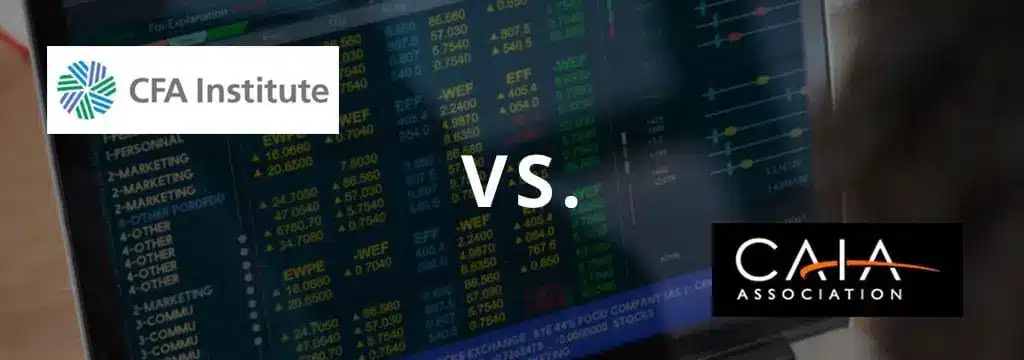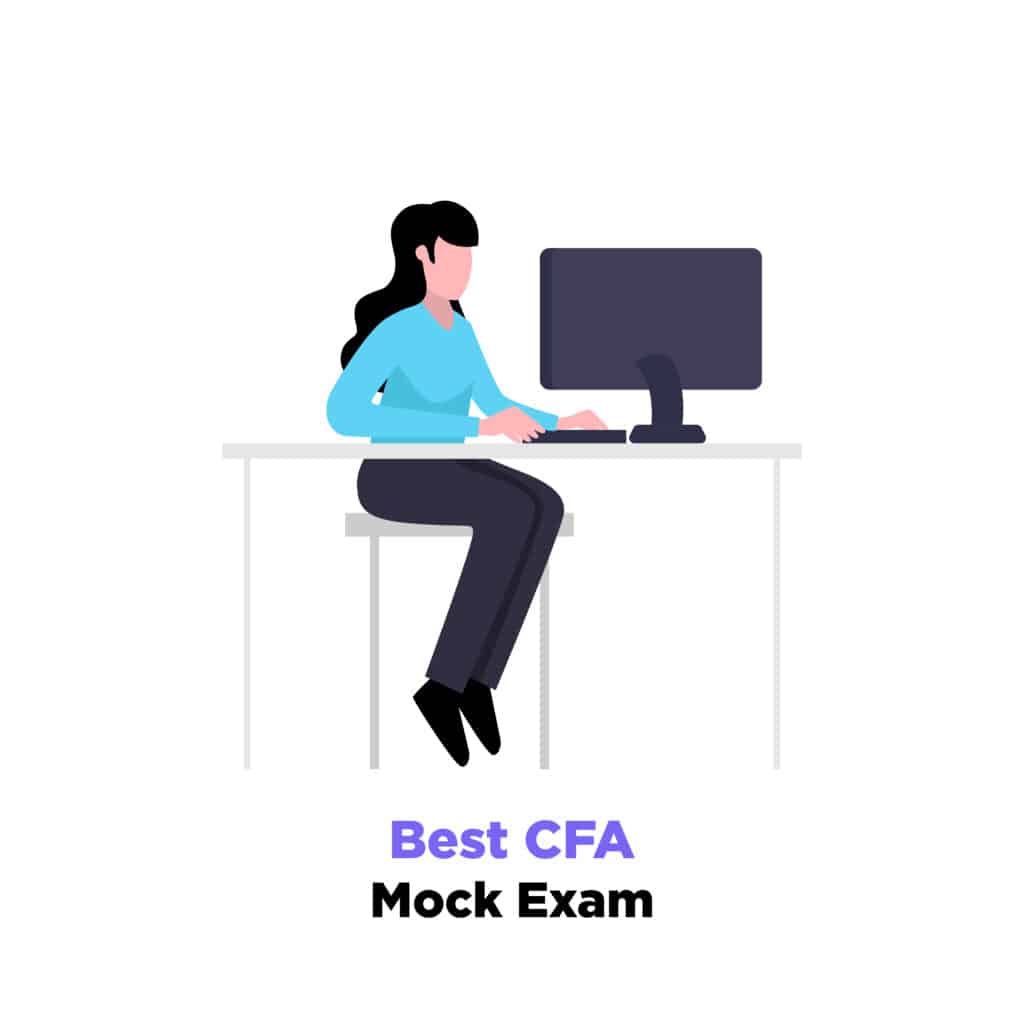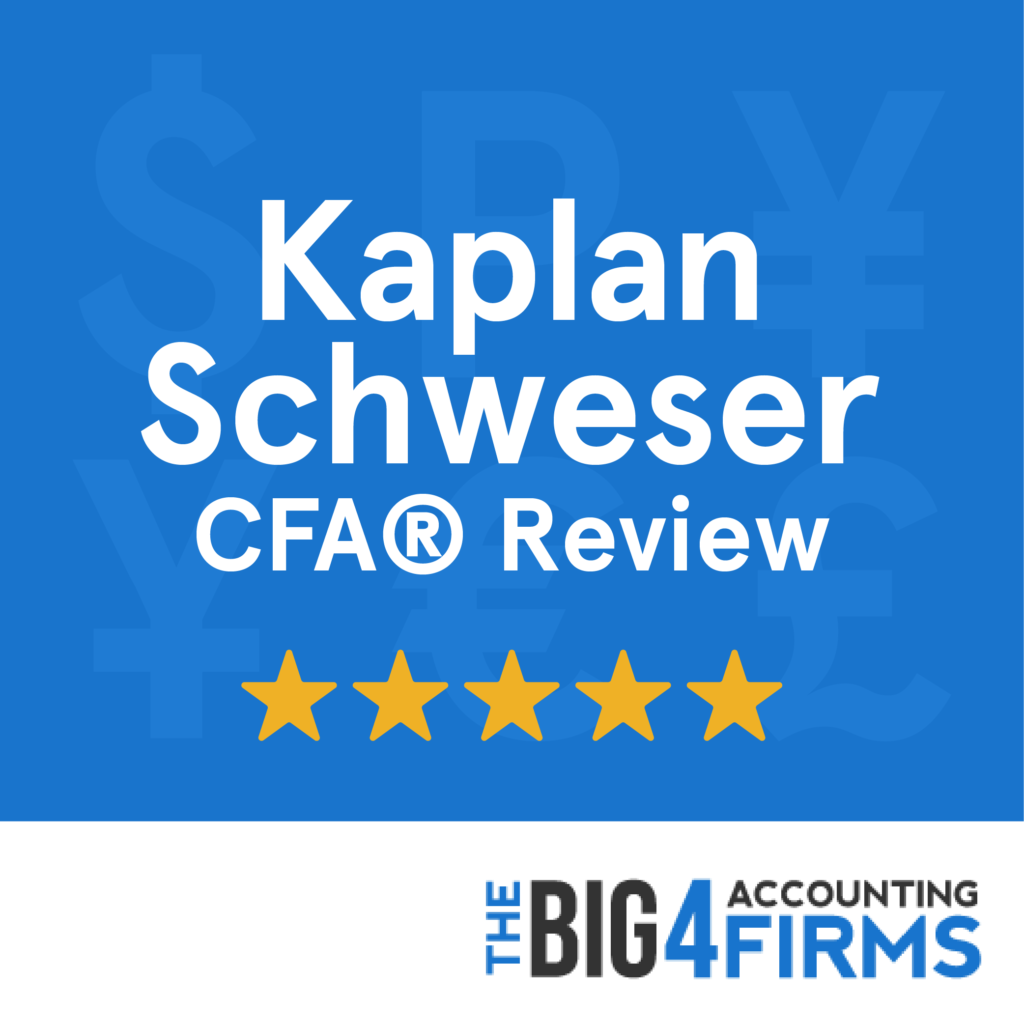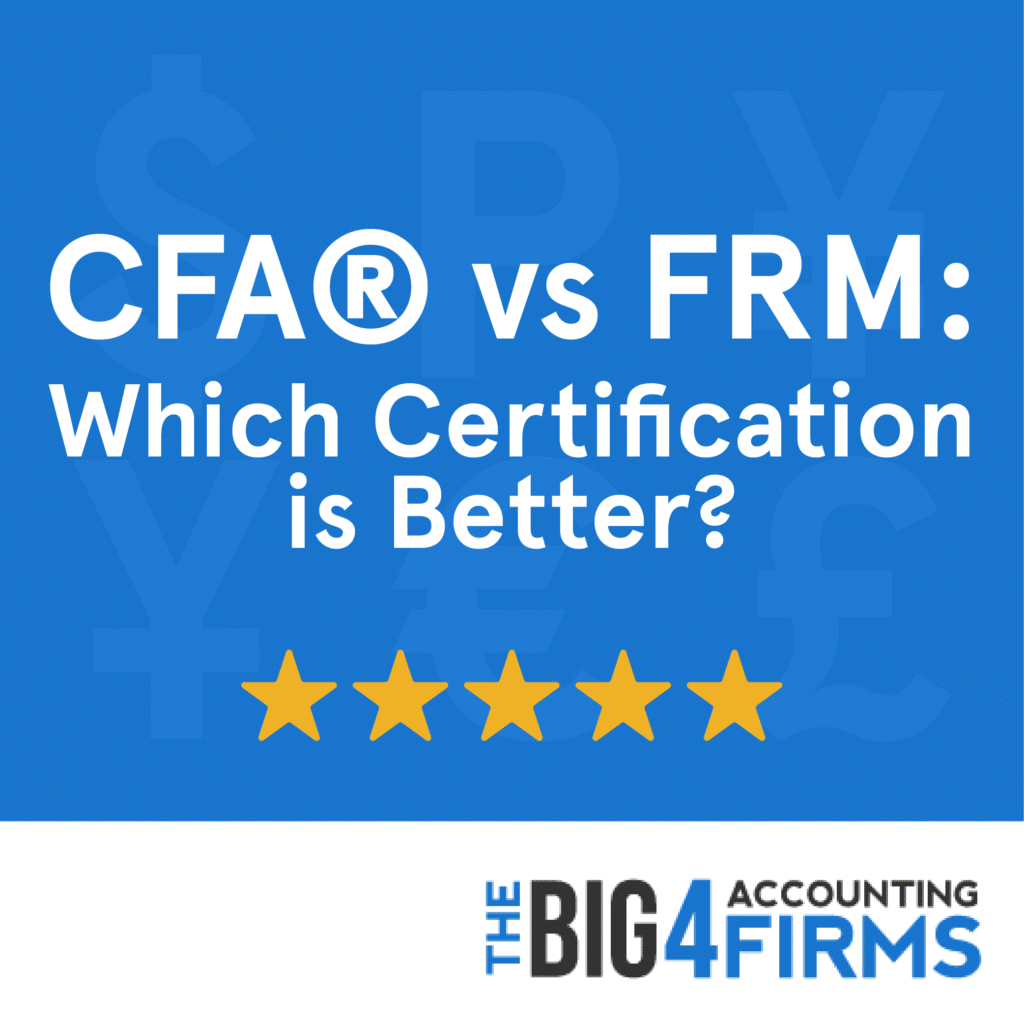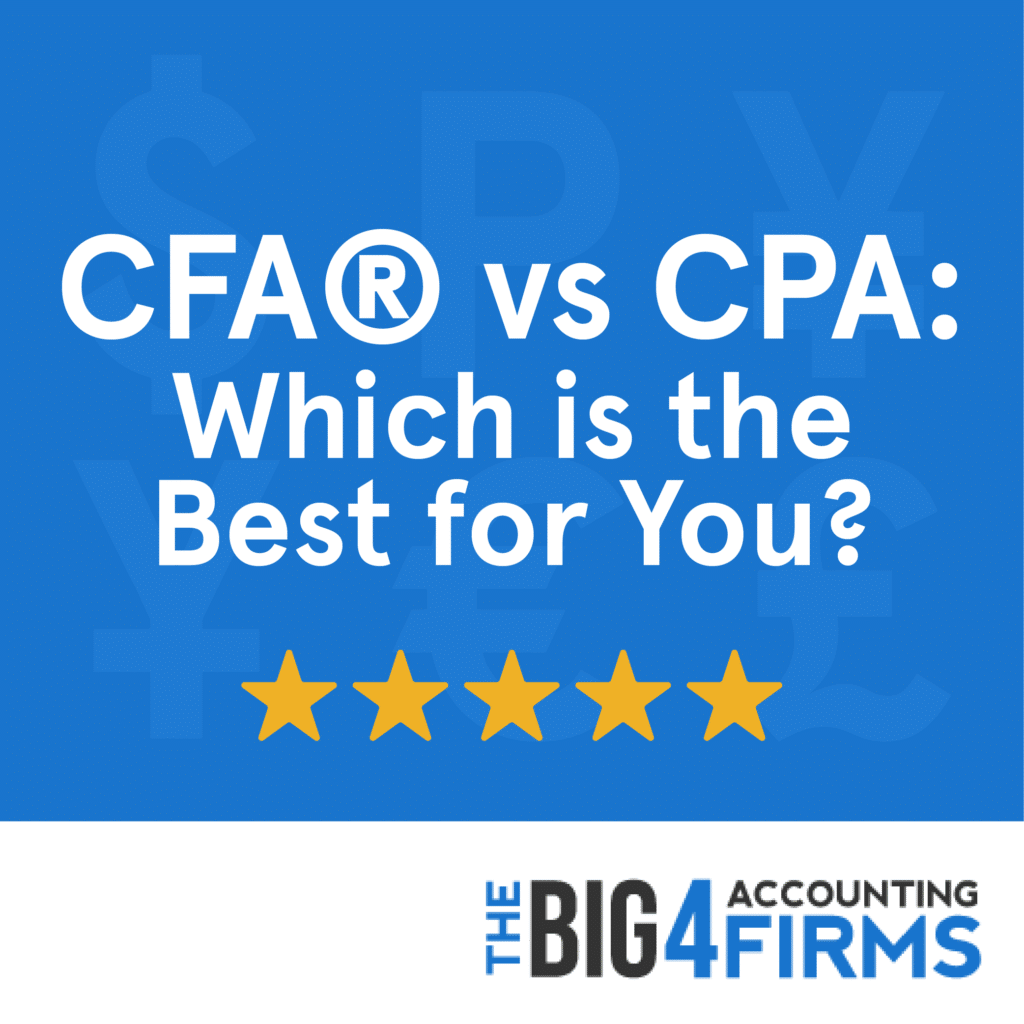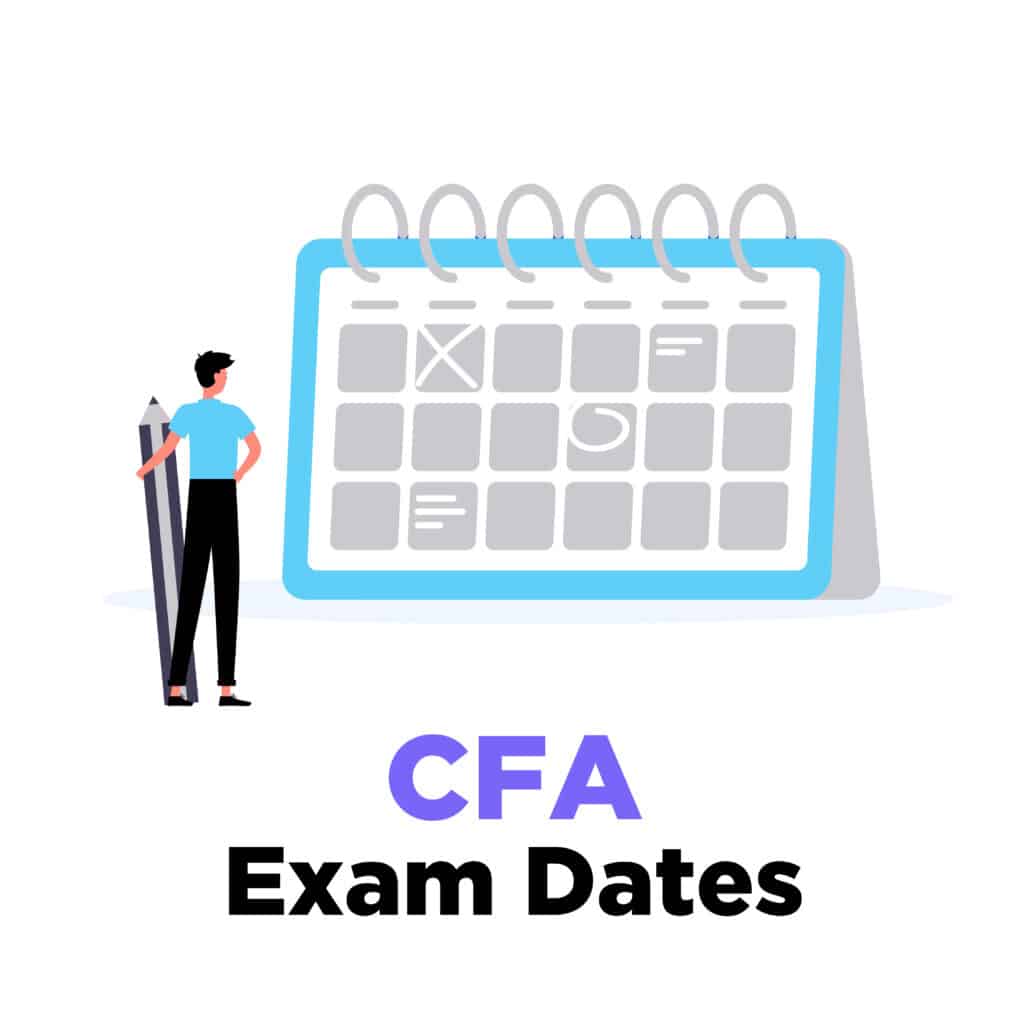The world of finance is a complicated and nuanced one, with a plethora of different titles and certifications used to denote experts in different fields. Depending on what certification a person holds, they could be knowledgeable in accounting or auditing or analysis for specific aspects of different markets. Each certification comes with its own potential career trajectories, salary ranges, and educational requirements. However, one thing these different financial professional titles don’t have is distinctive abbreviations.
Despite having very similar names, there are significant differences between Chartered Financial Analyst (CFA®) Program and Chartered Alternative Investment Analyst (CAIA). Of course, these two designations have some similarities as well, but they are vastly different in many aspects of their knowledge base and career hierarchy. For the benefit of all you aspiring financial professionals out there, here’s a crash course in the differences and similarities of each title, as well as some benefits and drawbacks to pursuing either as a career.
CFA® Exam Explained
Chartered Financial Analyst® charterholder is someone who has been certified by the CFA institute. This certification is meant as an endorsement of the individual’s knowledge of finance and their ability to work in a financial career at a professional level. The common areas of knowledge that a CFA® charterholder is familiar with includes stocks, bonds, derivatives, investments, and general financial analysis.
Education & Exams
In order to become a CFA® charterholder, an individual must complete the CFA® program. To qualify for the program, this individual must have a four-year degree from a university or must be in their final year of study for a four-year degree. They must also have a sufficient amount of work experience; the exact amount depends on how much education they’ve attained and of what quality.
Once qualified, the CFA® program involves taking three exams. These exams are all six hours long with one being taken a year for a total certification time of three years.
Here’s a quick breakdown of the three levels of the CFA® exam:
- Level I consists of 240 multiple-choice questions that cover asset evaluation, portfolio management, and financial analysis.
- Level II consists of 120 multiple-choice questions that covers asset evaluation in greater detail.
- Level III consists of 8 to 12 essay questions and 60 multiple choice questions that challenge the test taker to apply their financial knowledge in hypothetical scenarios
Careers & Salaries
Career opportunities for a CFA® charterholder are numerous due to the high acclaim that comes with this level of certification. Many of these opportunities have to do with investments and analysis, but individuals with a CFA® charterholder certification have branched out into many different careers.
Some typical CFA® charterholder careers include:
- Portfolio Manager
- Risk Manager
- Research Analyst
- Financial Advisor
- Consultant
Depending on what career path a CFA® charterholder pursues, their average salary can vary. However, no CFA® charterholder career path has a starting salary of less than $60,000 a year. Financial Analysts and Investment Analysts can make around $60,000 to $70,000 a year.
Some individuals with CFA® program credentials can ascend the ranks to higher positions in a company, although this will often require additional certifications such as an MBA. The salaries for these professionals can easily reach rates of greater than $100,000 a year for positions such as Portfolio Manager or CEO.
CAIA Explained
A Chartered Alternative Investment Analyst is an individual who has been certified by the CAIA institute. Those who have attained this title are vouched by this institute as having expert-level knowledge of alternative investments, meaning realms of finance outside of traditional fixed income or equity products. Common areas of knowledge for a CAIA include structured products, commodities, hedge funds, and private equity, among other financial special cases.
Education & Exams
Becoming a CAIA requires completing the CAIA program by passing an exam. There are no educational or work requirements to take the CAIA exam, but certification will not be given until the individual has either earned a Bachelor’s degree with one year of work experience or has four years of work experience with no degree.
The CAIA exam is comprised of two levels. Level I has 200 multiple-choice questions that cover 8 different topics, which are:
- Hedge Funds
- Private Equity
- Real Assets
- Structured Products
- Risk Management/Portfolio Management
- Alternative Investments
- Professional Ethics and Standards
Level II of the CAIA exam has 100 multiple-choice questions and 3 essay questions. These questions cover:
- Private Equity
- Real Assets
- Professional Ethics and Standards
- Asset Allocation/Institutional Investors
- Managed Futures/Hedge Funds
- Structured Products
- Commodities
While some of these topics are also covered on Level I, they are elaborated upon in Level II.
Careers & Salaries
The career opportunities for an individual with CAIA certification are a bit limited, but this comes with the benefit of significant pay. Some CAIA careers include:
- Investment Analyst
- Investment Consultant
- Investment Advisor
- Investment Manager
- Portfolio Manager
Starting pay for individuals in these careers is usually around $70,000 a year, with the potential to reach around $120,000 to $140,000 at senior positions. However, these higher job titles often require additional certifications and educational achievements.
CFA® Program or CAIA: Which Is Better?
When comparing these two financial certifications, there is no clear-cut winner. Both titles come with significant educational requirements and both can lead to highly lucrative careers.
Individuals who become a CFA® charterholder will demonstrate a wide array of financial knowledge. With such a versatile certification, a great deal of potential career paths are available for them to choose from: much more than are available to a CAIA.
However, a CAIA demonstrates a more specific knowledge base in financial products and aspects that are only briefly touched upon in CFA® program education. While a CFA® charterholder is a jack of many trades, a CAIA is a master of only a few. This comes with the benefit of much greater average salaries, but the cost is a much more limited job pool.
The ideal CFA® program candidate is someone who is interested in finance without a clear goal in mind for their career. They may have other passions that they wish to apply their financial knowledge to, such as consulting or education.
The ideal CAIA candidate is someone who is very interested in finance and the minutiae of specific financial products. These individuals would also have very specific career goals and could benefit from some connections that could lead to substantial job opportunities.
Something that both certifications have in common is that they are not the end-all be-all in terms of educational requirements for a career in finance. This means that whether an individual is interested in one or the other, they will still need a well-rounded education that will usually involve secondary school, continuing professional education, and ample work experience.
This means that at the end of the day, the most realistic expectation an individual should hold for either certification is that it can help them to get their foot in the door. After that, it’s up to them to follow through with additional effort and experience.
